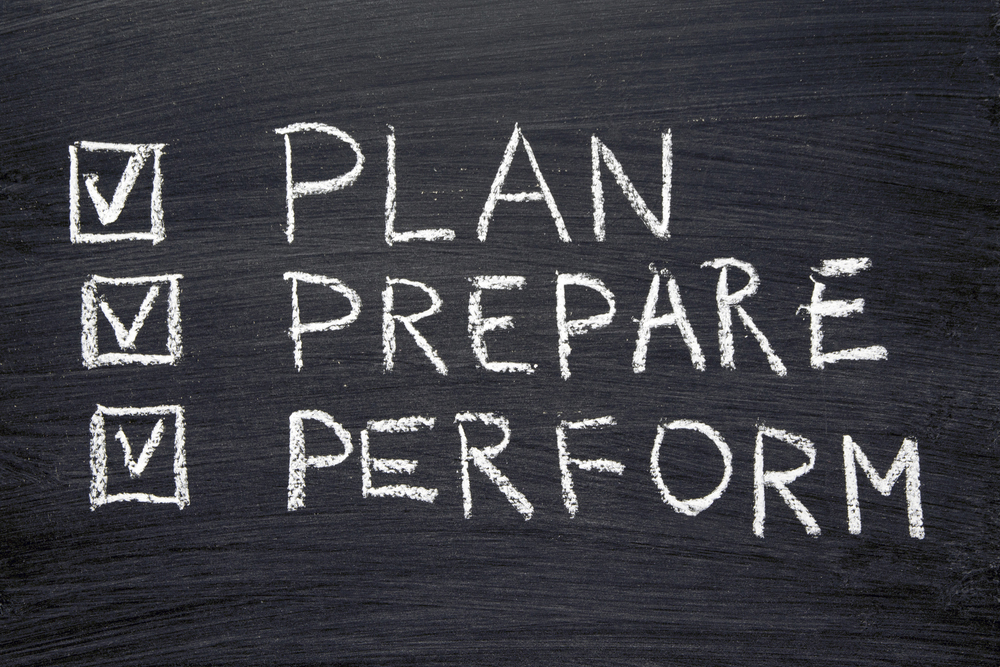HR professionals understand the importance of optimizing the workforce. We know it requires a lot of skill and effort to successfully recruit and retain top-level talent and that businesses rely on having the people they need in place to meet customer demand.

But how many of us take a strategic view? Do we:
- Map out our current organization and assess existing skills, both utilized and unutilized?
- Take the time to proactively plan out workforce needs months or years into the future?
- Assess the future needs of the business and compare our existing workforce with those needs and assess what changes are necessary so we can plan accordingly?
- Analyze differing scenarios for future demand and create workforce contingency plans?
- Conduct skills gap analyses to see what training we need to create now to meet the business needs of the future?
- Take the organization’s mission into account when planning future workforce needs?
HR professionals do all of the above through workforce planning. We take the existing workforce, assess future needs, assess our ability to meet those needs today, and then determine the differences (gaps in ability to meet future needs) and take action to close those gaps in time.
Workforce Modeling in Practice
Workforce modeling is one component of workforce planning. If workforce planning is the overall concept, workforce modeling is one piece of how it happens in practice. Workforce modeling utilizes scenarios to create future models and assess gaps.It must take into account a lot of variables, such as:
- Customer perspective (changing needs and wants in the future)
- Overall predicted demand levels
- Technology changes enabling changes in processes or demand
- Employees’ current skill set
- Employee wants and needs (development and career trajectory preferences)
- Predictable legislative changes (obviously not always possible)
- Medium- and long-term turnover and how that impacts planning (in particular, retiring employees whose skills will need to be replaced)
- The skills of future employees (which the organization will need to hire for)
Clearly, this type of information-gathering requires a lot of collaboration across the organization and is not a task HR undertakes alone. These types of analyses help the organization stay on track to achieve the organizational vision over time.
This seems like a straightforward idea, but it’s much more difficult to achieve in practice. But the actual practice of thinking through and planning and modeling future needs will help prepare the organization to pivot as things change. The mind-set alone is beneficial, even if the plans do not pan out.
As long as the organization ensures it is prepared and takes concrete action toward future needs (and does not just treat it as a thought exercise), it will be better-positioned, even if the forecast isn’t spot on.
Workforce modeling is a dynamic tool that allows the organization to more quickly adapt to changes. You’ll already have the underlying data, so use them to your advantage no matter what happens.
Bridget Miller is a business consultant with a specialized MBA in International Economics and Management, which provides a unique perspective on business challenges. She’s been working in the corporate world for over 15 years, with experience across multiple diverse departments including HR, sales, marketing, IT, commercial development, and training.
